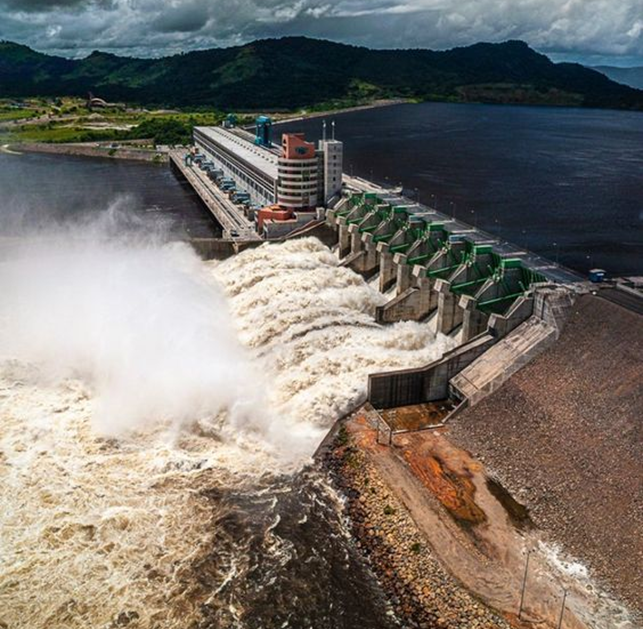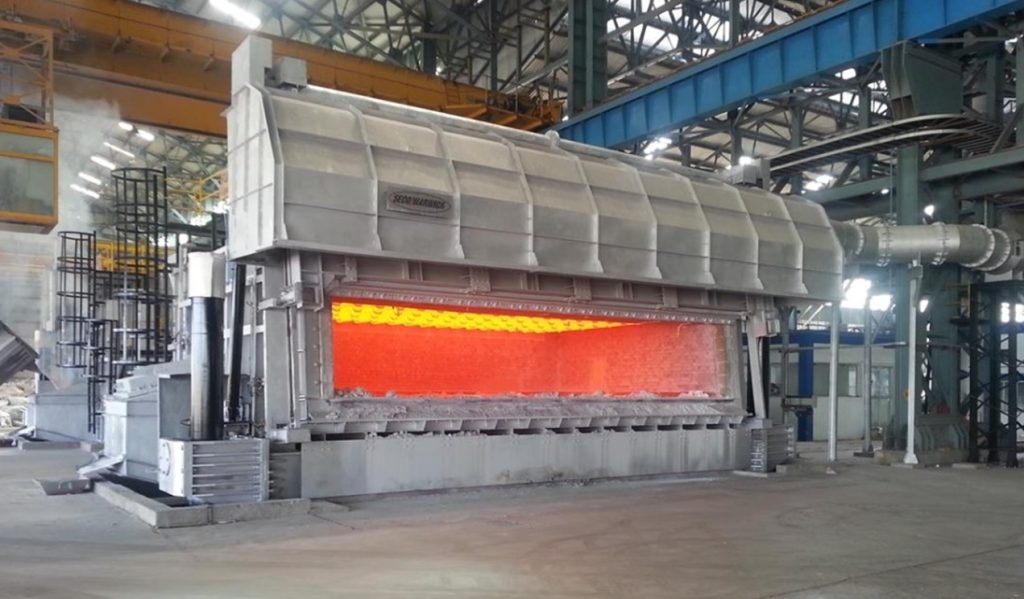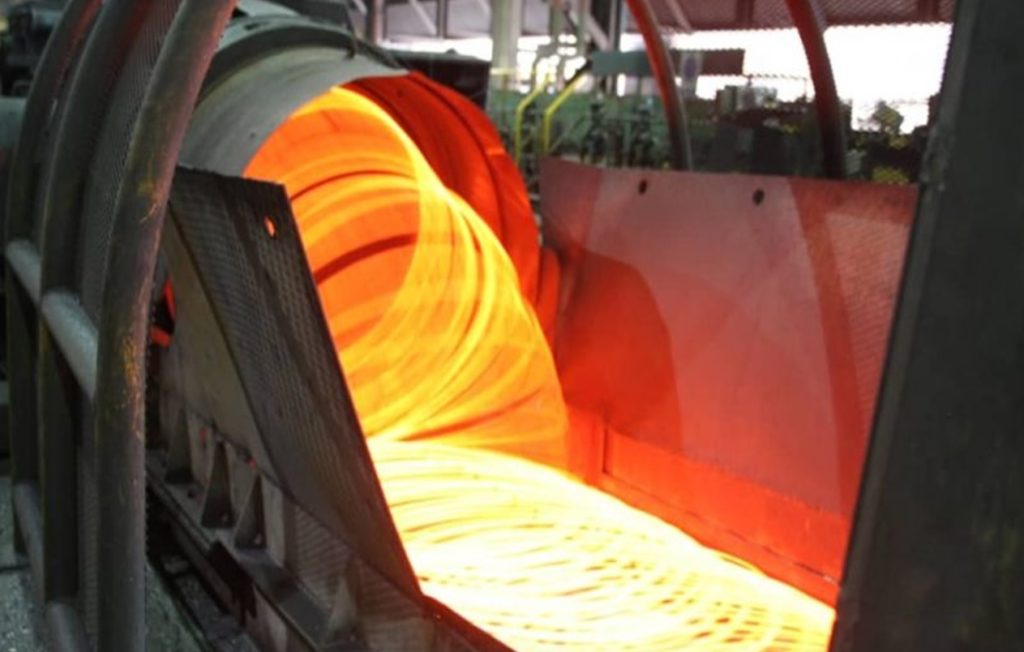
GREEN HYDROGEN

GLOBAL CONTEXT
Limiting global warming to 1.5-2.0°C will require abandoning the use of fossil fuels by all economic sectors, including industrial. A variety of solutions will be necessary to fulfil global agreements and achieve carbon neutrality by 2050.
Green Hydrogen, generated from renewable energies, has emerged as one of the strongest candidates for helping decarbonize sectors, taking us a step closer to carbon neutrality.
GREEN HYDROGEN CHALLENGES
It is necessary that for hydrogen to be certified as Green Hydrogen, it must be produced through the use of electricity generated from renewable sources.
Given the above, and the peremptory need to increase the production of Green Hydrogen for mass use worldwide, strategies should be implemented for the construction of green hydrogen production plants in places that already have enough electricity generated from renewable sources, and at prices that make these investments economically viable and competitive.
Additionally, having local consumers of green hydrogen is a factor that must also be considered in economic feasibility analyses, as well as having a geographical location and port facilities that allow optimal logistics for the export of Green Hydrogen, and its derivatives.

GREEN HYDROGEN IN VENEZUELA
Venezuela meets the requirements to be an efficient and competitive
producer of Green Hydrogen, since the country has:
- Available hydroelectric energy, and great potential for solar and wind energy generation
- Privileged geographical position in the north of South America
- Domestic market in its ferrous and aluminium industries
HYDROELECTRIC POWER
As Venezuela possesses sufficient electrical energy generated from hydro sources, this allows the continuous and uninterrupted production of green hydrogen through connection to the electrical grid.
This allows companies that wish to install plants for the production of Green Hydrogen in Venezuela to enjoy long-term electricity supply contracts, and at better prices than other countries in Latin America can offer.
LOGISTICS
The geographical location of Venezuela, and its port facilities further enhance the comparative advantages of Venezuela for the production of Green Hydrogen and its derivatives.

LOCAL MARKET
Venezuela, as explained in other sections of this webpage, has important production centres for the iron, steel and aluminium industries, as well as the potential to considerably increase the production of these inputs, thus guaranteeing a local market for large volumes of Green Hydrogen.
ALUMINIUM
In the aluminium industry natural gas is widely used, for example in anode baking furnaces, and in aluminium holding and smelting furnaces. A primary aluminium smelter with a production capacity of 500,000 t/year annually consumes around 30 million m3 of natural gas, which can be replaced by Green Hydrogen.

STEEL
The steel industry has an important opportunity to achieve decarbonisation and reduce its footprint. One of the solutions on the table is the injection of hydrogen into blast furnaces, where steel is made, thus substituting coke oven gas for a clean fuel as Green Hydrogen.

